So many people passed on in 2021 including many poets and writers we’ve come to love through their work. I so appreciated Lee Maracle’s work in the world and had the honour and delight of working with her during the summer of 1993. Since hearing of Lee’s death on November 11, 2021, I’ve been thinking of the two weeks spent at West Word IX, a women’s writing retreat held at a college campus in North Vancouver, B.C.
All these years later, obviously, the two weeks at women’s writing retreat had a huge impact on me and I expect, others who attended Lee’s fiction workshop. I think the poets and the creative non-fiction groups may have been envious of all the fun we were having.
Lee had us walking on the desks in our portable classroom so as to have a fresh perspective, and some fun, and we took walks through the woods near the college, together. We all continued to learn from her as we hung out at meals or in the evenings. I first learned “muscle testing” from Lee and I still remember her advice about keeping hydrated so as not to pick up all the energies in a room full of people.
When people spoke of women getting the vote (in 1922 with some provinces earlier than that and Quebec not until 1940), Lee pointed out that was the vote for white women. It was not until 1960 that “suffrage” in federal elections was extended to First Nations women and men “without requiring them to give up their treaty status.” (The quote is from Wikipedia.)
Lee did not think much of writer Margaret Laurence nor artist Emily Carr. I have had different views of Laurence and Carr since then.
Margaret Laurence wrote of a First Nations male character in The Diviners who Lee felt was depicted in a degrading way. In her 2020 Writers Trust lecture, named for Margaret Laurence, Lee noted The Diviners and “the violence of the dirty halfbreed” as he was described and depicted, and the daughter in the book being prevented from seeing her father (who was the First Nations man.)
In the Writers Trust lecture (which you can find on line), Lee said she was grateful to be honoured. She said she cherished Dionne Brand who says “no language is neutral.” Lee, who was a member of the Sto-lo Nation on British Columbia’s coast, said every word originates in a body and is a salutation to the skies.
While people have “reclaimed” language such as “dyke” and “queer” for instance, Lee said reclaiming the terms “squaw” and “halfbreed,” would fail to become positive. She could feel such an act “dismantle” her being.
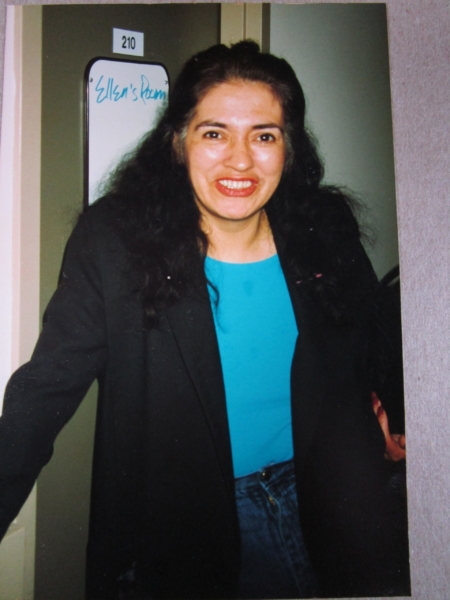 Lee wasn’t in favour of “deleting history” but she was against people reading about themselves as the subjects of degradation. She suggested we explore racism in literature. She included Mark Twain in that category.
Lee wasn’t in favour of “deleting history” but she was against people reading about themselves as the subjects of degradation. She suggested we explore racism in literature. She included Mark Twain in that category.
As for Emily Carr, I remember Lee talking to Susan Crean, who was leading the Creative Non-Fiction group at the writing retreat in 1993. Susan was writing a book about Emily Carr, the artist Lee called a racist. I had a look again at Susan’s book, The Laughing One: A Journey to Emily Carr (HarperCollins, 2001) to remind me of that time as Susan wrote about her conversation with Lee.
At a public reading by the writing retreat instructors that was taped and broadcast on Co-op radio, Susan read from some of her notes “for an article on Emily Carr.” Susan was followed by Lee Maracle, reading from her book Ravensong. “Afterward she [Lee] delivered a stinging rebuke of my appropriation of her people’s stories, commingled with an elegiac prayer for her ancestors.”
Lee was always direct but it didn’t mean she dismissed people altogether. When Susan sought her out after breakfast the day following the reading, Lee “wasn’t angry or unfriendly,” Susan says in her book. “I even asked her why, given history, Native peoples tolerate the company of Whites.”
“She [Lee] shrugged and told me that my faux pas didn’t change the fact we were friends. As for Emily Carr, she guessed it was my choice if I wanted to rehabilitate a racist.”
Susan refers in The Laughing One to a “controversy” that had erupted in the spring of 1993 with the publication of an analysis by Haida/Tsimsian art historian Marcia Crosby regarding Emily Carr’s portrayal of Native peoples and “other White settler society.”
Crosby’s work said that “Carr’s knowledge of Native culture was fragmentary and minimal,” even though as Susan writes, “a special emotional attachment might be conceded.”
Many people have said of the art by white artists portraying First Nations villages, artifacts, and sacred ceremonies that they are preserving a culture that needs to be “saved.” As Crosby wrote: “[Those] doing the saving choose what fragments of a culture they will salvage. Having done this, they become both the owners and interpreters of the artefacts or goods that have survived.”
[Photo of Lee Maracle by Mary Ann Moore, 1993]
One day in our fiction group at the retreat in 1993, a woman of colour suggested the other Black, Indigenous and women of colour meet together. One of the white women thought we should all stick together not realizing the strength and solidarity the BIPOC women would gain by meeting on their own. I had the good fortune of having some anti-racism training through the Toronto Rape Crisis Centre where I had been a volunteer so suggested the white women meet in a group as well to discuss our part in adding to the unease and lack of safety for the BIPOC women.
We white women met on our own and heard the story of the woman who had been opposed to the BIPOC gathering. It was from that experience I learned that people don’t listen until they have had their own stories heard. I’ll call the woman Irene, the one we listened to about her family’s involvement with Nazis. It was shocking and although we had listened to Irene’s story, she chose not to stay for the second week of the retreat.
I learned lots at that retreat in 1993 including how writing is about all of life. I described some of my learning in my book Writing Home: A Whole Life Practice.
I recalled getting the letter of acceptance from West Word IX, the women’s writing retreat organized by volunteers, and taking it to the law firm where I worked as I was so excited about the good news. I would be spending two weeks of my vacation writing with other women. I was up for the challenge.
At the retreat, we had morning workshops with afternoons free to write, take a walk, have a massage. There were often spontaneous gatherings to share our work and there was also lots of play. We’d leave notes on one another’s room doors describing imaginary, playful gatherings.
I made changes when I got home to Toronto so that I could spend more time writing. I told my employer that I could do my job of scheduling in three-and-a-half days a week and they went for it. I think I had already moved to a cheaper apartment closer to work so I didn’t have transportation costs.
As I recall the community we created at West Word IX, I remember:
We met daily in a circle.
We each had a voice.
We told our stories.
We received wise guidance from an elder/leader.
We spoke through tears.
We “played” which gave us a different view of the situation and the world.
We “slowed the picture down” which was one of Lee’s pieces of advice about our writing.
We took a walk together seeing life’s lessons in Nature.
We acknowledged spirits, ghosts, and the energy of the land.
We ate meals together and shared our experiences of the day.
We had a room of our own to connect to ourselves and to write.
We had impromptu readings of our work.
We got silly.
We dealt with issues such as racism when they arose.
We honoured ourselves in readings of our work to which we invited others.
I was glad to be able to see Lee again a few times after we went home to Toronto, from the retreat. She joined me and other new friends from the writing retreat at a lesbian bar one evening. She did the same in Vancouver when we went to Lulu’s. It’s funny that I remember one of the songs we danced to in a circle: “Rhythm is a Dancer.”
We were excited, in emails, about my book launch in April, 2014 when Lee was actually going to be on Vancouver Island. We weren’t able to make the connection in person but was grateful for our mutual enthusiasm for our connection, however we could make it.
Thank you Lee for your witnessing, your speaking up, your passion, your writing, your teaching, your support, your speaking up. And for telling me I was the bravest white woman you had ever met and you estimated you had met about 10,000 white people at that time. Your encouragement was, I expect, the impetus for me to return to Vancouver in 1994, rent a car, and drive to Lytton where my great uncle had been principal of St. George’s Residential School in the late 1920s and early 1930s. My research, writing and acknowledgement continues.
. . .
We have lived for 11,000 years on this coastline
This is not the first massive death we have endured
We girded up our loins,
Recovered and re-built
We are builders,
We are singers,
We are dancers,
We are speakers
And we are still singing
We are dancing again
. . .
From “Blind Justice” by Lee Maracle (2013)

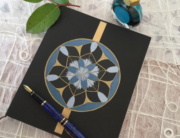
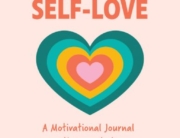
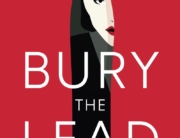
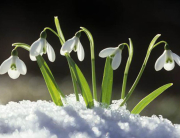
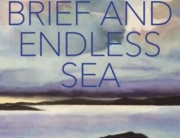
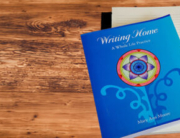
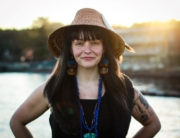
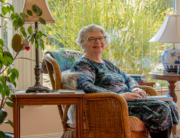
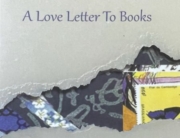
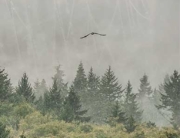
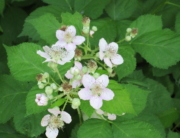
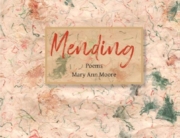
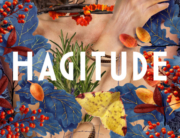
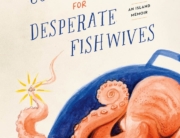
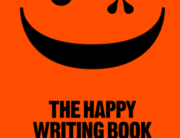

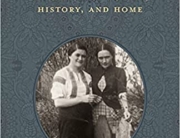
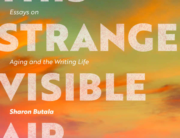
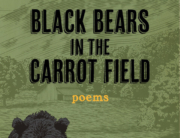
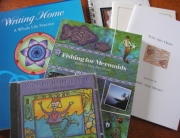
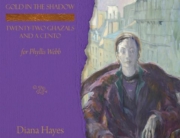
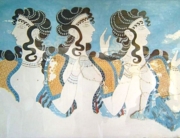
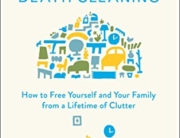
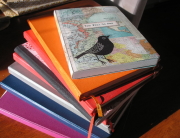
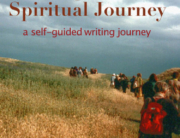
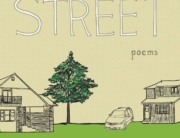
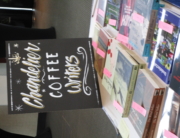
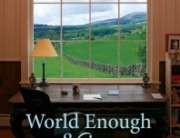
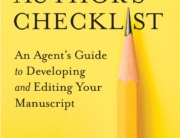
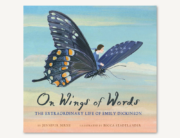
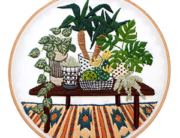
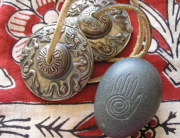
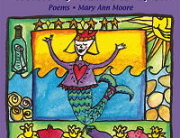
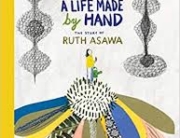
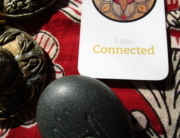
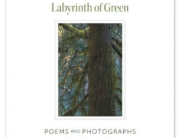
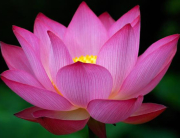
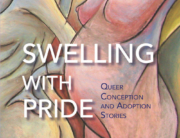
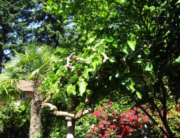
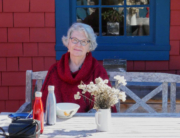
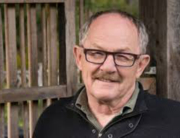
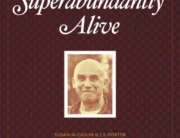
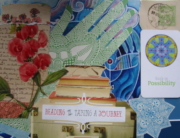
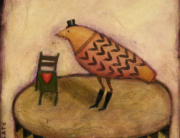
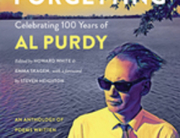
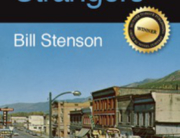
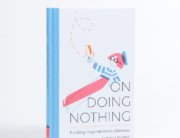
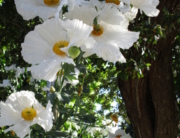
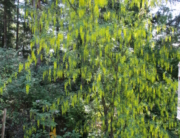
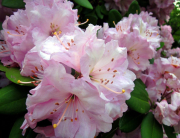
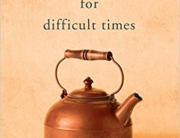
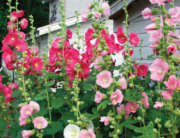
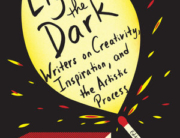
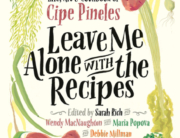
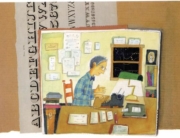
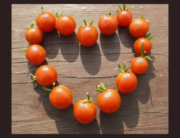
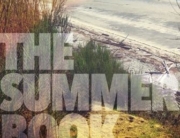
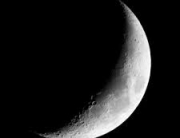
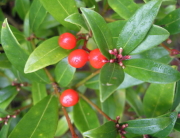
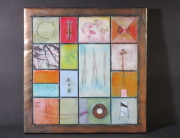
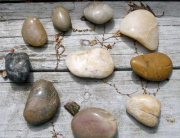
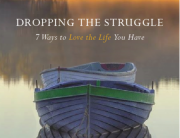
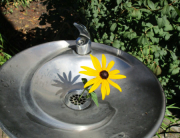
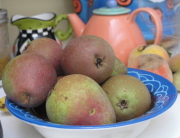
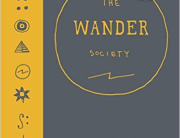
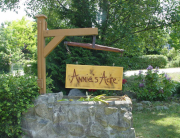
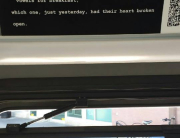
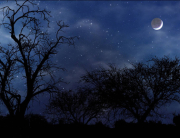
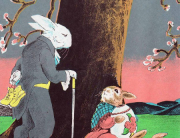
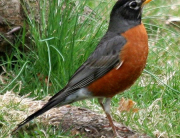
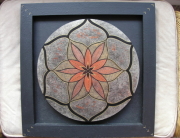
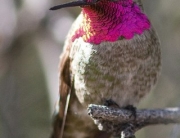
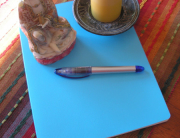
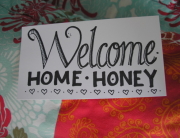
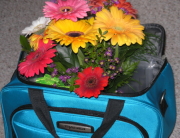
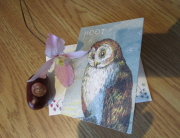
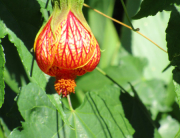
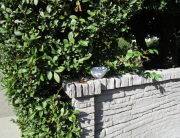
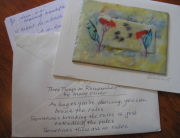


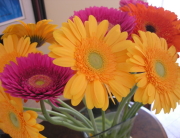
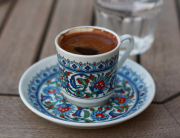
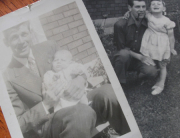
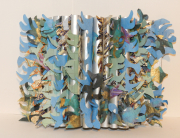

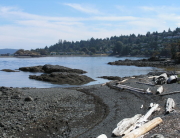
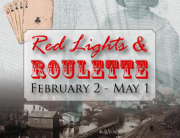
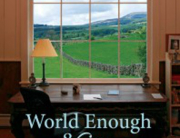
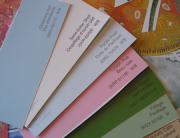
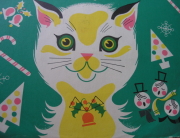
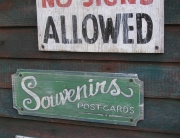

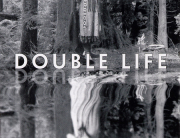
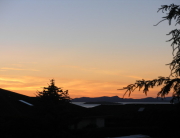
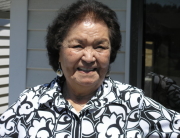
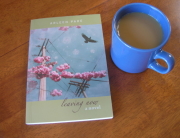
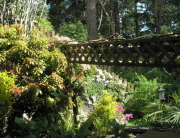
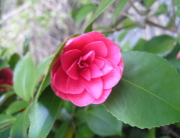

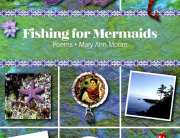
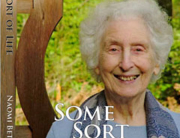
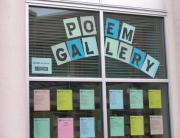
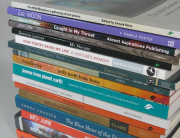
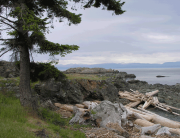
Wonderful storytelling Mary Ann
Thanks, Mary Ann. That’s a wonderful eulogy and a very inspiring post.
Carol
A lovely remembrance, Mary Ann. I remember reading Lee’s writings in my social work classes at UVIC. Thank you.
What an engaging and thought provoking piece M-A. I was introduced to Lee by an indigenous young man interning at the Ravensview residential mental health facility. He recited by memory one of his favorite poems of hers. Love that you have addedsomething so personal to my understanding of her. Coincidence, I just discarded my copy of Crean’s book a few weeks ago. Much love, Richard